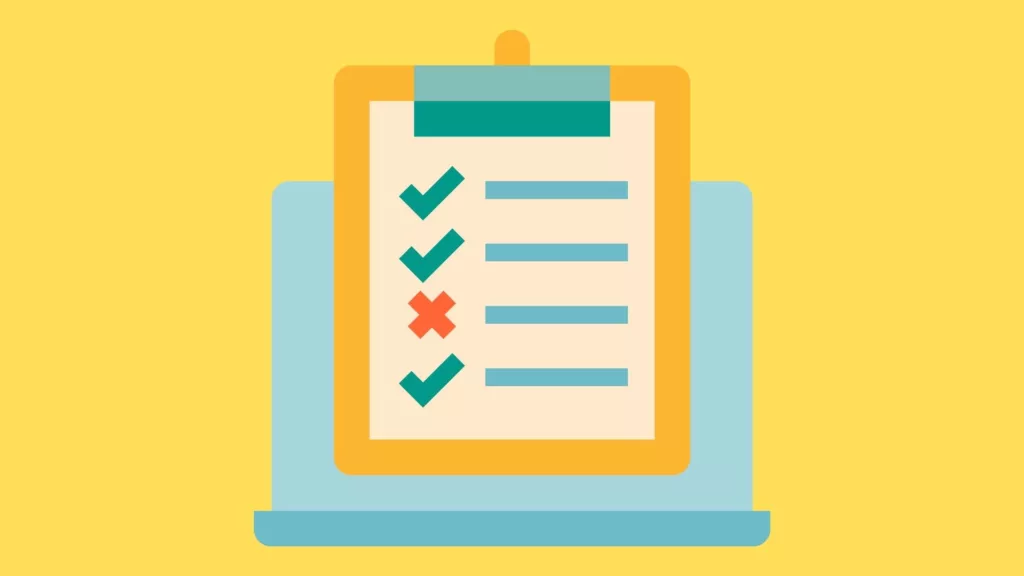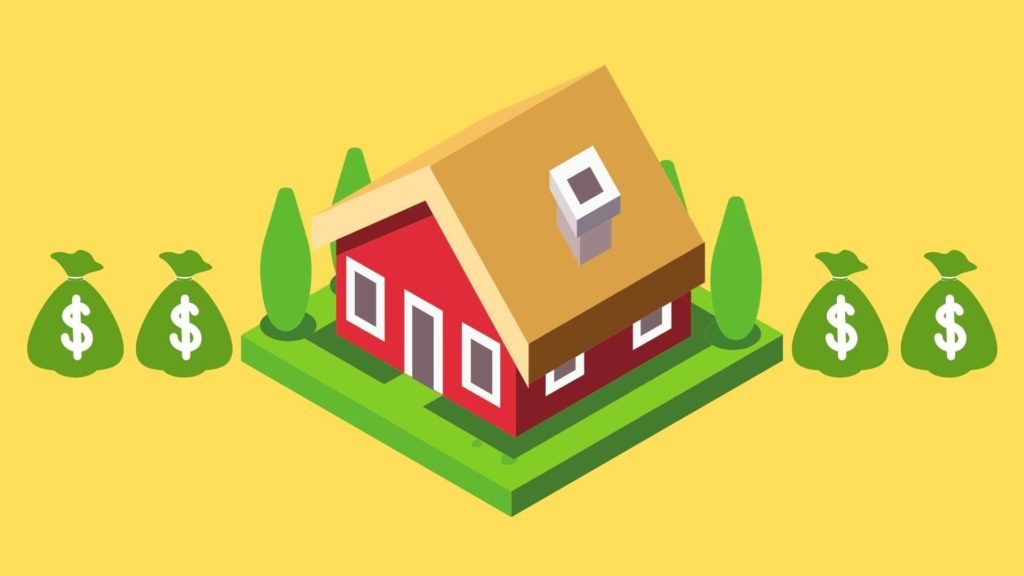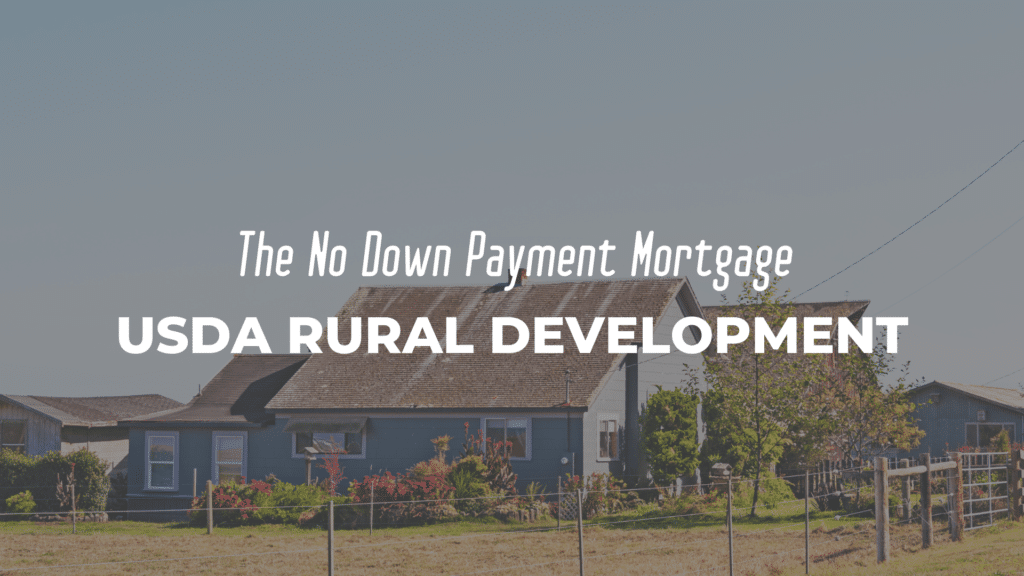Buying a house is one of the biggest investments you are ever going to make and it can also be one of the most exciting! A home is more than a house, it’s a place to feel safe, to raise a family, and to build financial security.
The USDA Rural Development loan allows more Americans to have the opportunity to purchase a home by providing a loan program that doesn’t require a down payment.
Getting a USDA loan is similar to getting any other loan, but there are more strict requirements you must meet in order to qualify. If you want to know how to apply for a USDA Rural Development Loan, check out the seven steps below.
The 7 Steps to Applying for a USDA Loan
- Talk to a Loan Officer
- Complete Application
- Upload Documents
- Find a USDA Eligible Home
- Sign a Purchase Contract
- Go Through Processing and Underwriting
- Move into your new home!
If you follow these 7 steps you’ll be well on your way to purchasing a home using the USDA Rural Development Loan Program.
1.Talk to a Loan Officer
The first step in getting a USDA Loan is talking to a loan officer. A loan officer is a licensed mortgage professional who should have experience in helping home buyers buy a home. Working with a loan officer who has experience with USDA loans will go a long way in helping you navigate the process.
A loans officer will know the USDA Loan requirements, and what you need to meet in order to qualify. When you speak to a loan officer, you’ll have a conversation around your income, the area you want to purchase a home in, and what assets you have saved.
Be prepared to answer questions such as:
- Your gross household income
- Your monthly debts
- The location you want to purchase in
- How much you’d like to be approved for
2.Complete a Mortgage Application
After speaking with a loan officer, they will tell you whether or not you may qualify for the USDA Loan. If they agree, then you’ll want to complete the mortgage application.
A mortgage application, called the uniform residential loan application, is a document lenders use to determine your eligibility for a mortgage. The mortgage application is a legal document so it’s very important that you complete it truthfully.
The mortgage application will ask you questions such as:
- Employment History
- Monthly Income
- Borrower & Co-borrower
- Dependents
- Assets
- Monthly Debts
- Residence History
Once you have completed your mortgage application you’ll be asked to provide documents that support the information on your application.
3. Upload Documents
In order to be pre-approved for a Rural Development Loan, you’ll need to finish your application by providing documents that support the information on your loan application. There are many online lenders that don’t require you to upload documents before you give you a pre-qualification. You don’t have to search very hard to see story after story of hopeful homebuyers who had their loans denied after doing one of these online approvals.
It’s important to remember that USDA loans use the gross household income for the entire home, so anyone living in your home that has income must be counted.
Read: What Documents do I Need to Buy a Home?
Documents You’ll Need to Apply for a USDA Loan:
- Last Two Years Tax Returns
- Last Two Year W2’s
- Current 30 Days of Paystubs
- Most Recent 60 Days of Bank Statements
- Driver’s License
These documents will usually be enough for the lender to pre-approve you but if you have a unique situation, such as child support, divorce, or something else, expect your loan officer to ask for more.
4. Find A USDA Eligible Home
Once you’ve received your pre-approval, you are ready to go shopping! Congratulations, now the fun part begins. We recommend using a real estate agent to help you start your home search. While online home shopping sites can make looking for homes convenient, they aren’t always updated properly.
You’ll need to find homes that meet the USDA Loan Property Eligibility Requirements, which requires homes to be located in certain areas and be in good condition.
Rural Development is not the loan program to use if you want to buy a fixer-upper. The property must be your primary residence as well.
5. Sign a Purchase Contract
Once you’ve found the perfect home you need to do a few things before signing the contract:
- Talk to your loan officer
- Review the numbers
You want to make sure that you can afford the home before signing the contract. You’ll need to look at things like property taxes, home insurance, and mortgage payment. A good loan officer will assist you with these items. Once you know these things are good to go, it’s to sign the contract.
Once the contract is signed your lender is going to proceed with the loan process. You’ll also probably want to have a home inspection done so that you can ensure the home is in good shape and be made aware of any potential issues.
The lender is going to order title work and appraisal. The appraiser will ensure the home meets the USDA Property Standard and the Title Company will ensure that the home can be sold without issue.
6. Loan Processing and Underwriting
Once you’ve signed the contract, the lender is going to move your loan from pre-approval to processing. The job of the processor is to review your mortgage application and all of your documents and ensure they have everything that’s needed.
The processor will then send your loan to underwriting, the underwriter is the one who signs off on your loan. Like the processor, they will review your application and documents, but they make the decision to approve or deny your loan.
Don’t worry too much, it’s pretty rare to have your loan denied after being pre-approved. If you were upfront on your application and provided the needed documents, this is more formality than anything.
When you apply for a USDA Loan, the loan must also go to a USDA underwriting, and they need to sign off on it as well. I have never seen a loan approved by the lender that is then rejected by the USDA. This too is more of a formality, but it can add a few extra days to the closing process.
7. Move Into Your New Home!
Once you’ve gone through underwriting and your loan is approved, you’ll get what’s called a clear to close. Once your loan is approved, you can now set up your closing.
You must close on your home before you move in, but it usually only takes a couple of days from the time your loan is approved until you can close.
Before closing, you should do a final walk-through of your home and make sure everything is as it should be. You should receive the keys to your new home at your closing.
How Long Do USDA Loans Take?
The process of applying for and closing a USDA loan isn’t all that different from other loan programs. The timeline can be a little longer because the loan must go to the USDA before it receives final approval.
This process usually takes less than a week but there are times when they get busy and it can take up to two weeks. Since the USDA has combined their review centers their turn times rarely get this backed up.
The actual time it takes to close your loan depends a lot on your financial situation, credit score, and property. We can usually close most USDA loans in about 30 days. However, if you have credit issues, property issues, or other things we have to work around and explain it can take longer.
The best way to ensure your loan closes quickly is to be quick in providing what your lenders request as you go through the process.


















